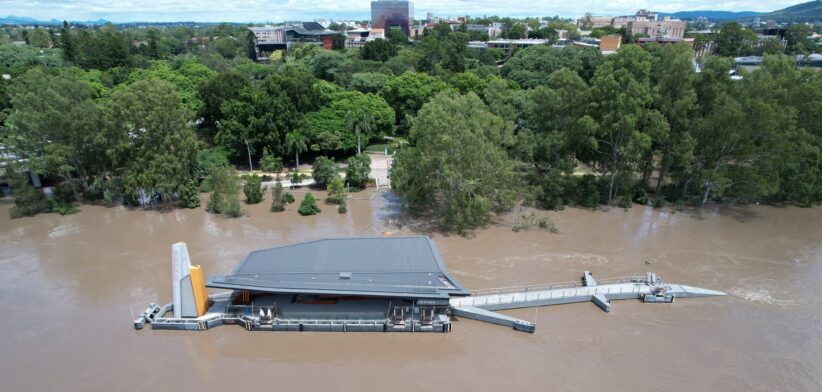The Bureau of Meteorology will take control of around 1000 extra flood gauges across Queensland as part of a long-term plan to improve the organisation’s flood warning system.
Through a $236 million, 10-year nation-wide project, the Bureau aims to add more than 1500 gauges to its network as it works to upgrade Australia’s flood warning infrastructure network.
Federal Emergency Management Minister Jenny McAllister said the Bureau currently owned about one-third of the 8000 gauges it relied on to deliver flood forecasts and warnings across the country.
“Working alongside state, territory and local governments, the Bureau of Meteorology will acquire more than 1500 additional gauges, approximately 1000 of these located in Queensland,” Minister McAllister said.
She said the Bureau had worked with 64 councils in Queensland, the country’s most flood-affected state, since March this year and had identified an initial program of works comprising 594 sites.
“Work is already complete at the Kamerunga Bridge flood gauge in Cairns that was damaged during Tropical Cyclone Jasper in 2023. Work is also underway in the Bundaberg region with assets being replaced in the Burrum and Cherwell Rivers.”
Minister McAllister said 69 sites would be acquired and remediated by December including in the Burdekin River, Logan and Albert Rivers, and Condamine River.
She said 200 flood gauges across Queensland were set to be acquired and remediated by the end of the financial year.
“Flooding is the second most deadly natural hazard after heatwaves for our communities, and one of the costliest when it comes to insured losses.
“Information is key to our mitigation and preparedness. This work will improve access to rain and river level observations, helping communities and governments to target their preparations for disasters.”








